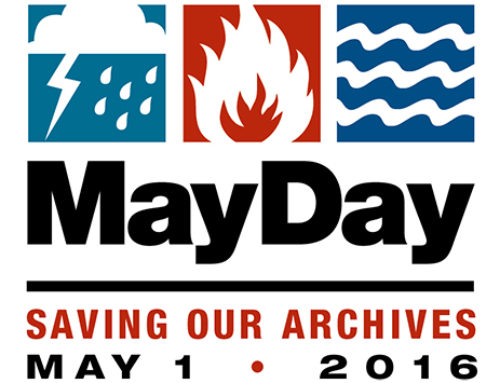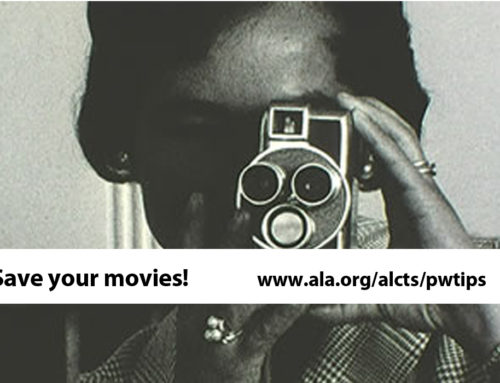Over the last 10 years we have built a national network of collaborative partnerships to help preserve important digital content, build new tools and develop best practices. The partnerships span different communities, including universities, federal and state government agencies and the commercial creative content industry. This is a new approach. Libraries, archives and other memory institutions traditionally have worked separately to acquire and manage their collections. But digital is different—it calls for a new kind of capacity that is difficult for a single institution to build on its own. The only practicable way forward is collaboration: in building technical infrastructure, in sharing knowledge, in developing best practices and in assigning roles and responsibilities for stewarding digital collections.
The preservation of digital content has become a major challenge for libraries and archives whose mission is to preserve the intellectual and cultural heritage of the nation. In 1998 the Library of Congress began to develop a digital strategy with a group of senior managers who were charged with assessing the roles and responsibilities of the Library in the digital age. This oversight group was headed by the Associate Librarian for Strategic Initiatives, the Associate Librarian for Library Services, and the Register of Copyrights. This group held several planning meetings to assess the current state of digital archiving and preservation….
This effort falls within the Library’s mission, which is “The Library’s mission is to support the Congress in fulfilling its constitutional duties and to further the progress of knowledge and creativity for the benefit of the American people.”[6] This mission extends to materials in electronic formats as well. In addition, the Library is the home of the U.S. Copyright Office and is thus already engaged in issues relating to copyright in a digital environment.



